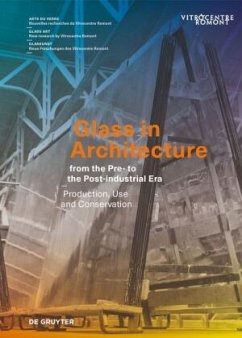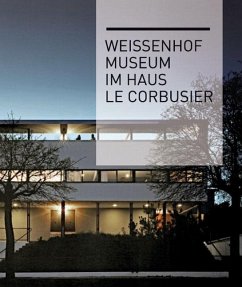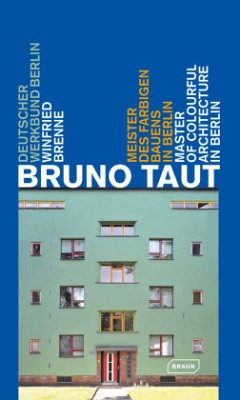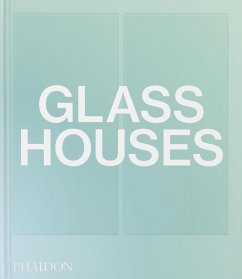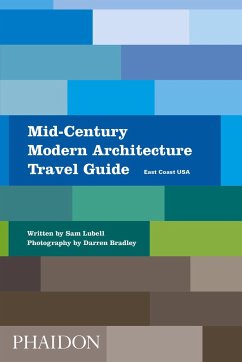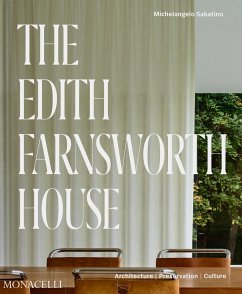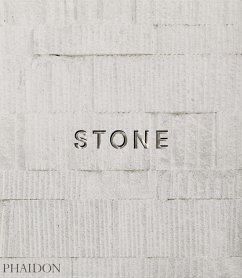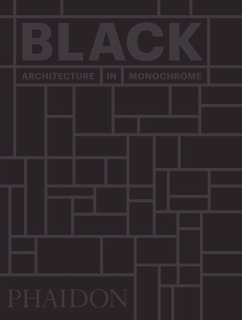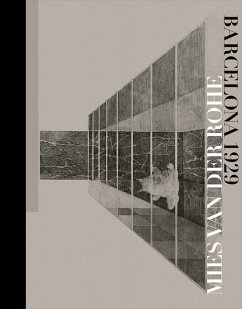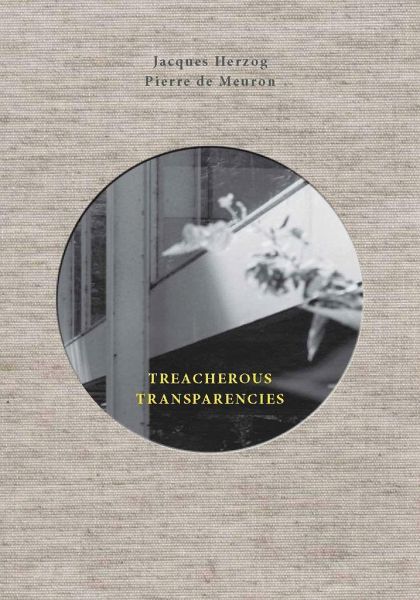
Treacherous Transparencies
Thoughts and Observations Triggered by a Visit to Farnsworth House
Fotograf: de Meuron, Pierre

PAYBACK Punkte
13 °P sammeln!
Treacherous Transparencies analyzes transparency as expressed in architecture andart in an attempt to understand the intentions and objectives that underlie its useby pertinent architects and artists.This book looks at a few important works by selected artists and architects for whomtransparency is an artistic strategy, which they implement primarily with glass andmirrors but with other media as well. The architects and artists brought together in thiscontext form an unlikely alliance: Bruno Taut, Ivan Leonidov, Marcel Duchamp, LudwigMies van der Rohe, Dan Graham, and Gerhard Richter. But they...
Treacherous Transparencies analyzes transparency as expressed in architecture and
art in an attempt to understand the intentions and objectives that underlie its use
by pertinent architects and artists.
This book looks at a few important works by selected artists and architects for whom
transparency is an artistic strategy, which they implement primarily with glass and
mirrors but with other media as well. The architects and artists brought together in this
context form an unlikely alliance: Bruno Taut, Ivan Leonidov, Marcel Duchamp, Ludwig
Mies van der Rohe, Dan Graham, and Gerhard Richter. But they do have something in
common: their work marks salient way stations in the development of modernism up to
the present day.
art in an attempt to understand the intentions and objectives that underlie its use
by pertinent architects and artists.
This book looks at a few important works by selected artists and architects for whom
transparency is an artistic strategy, which they implement primarily with glass and
mirrors but with other media as well. The architects and artists brought together in this
context form an unlikely alliance: Bruno Taut, Ivan Leonidov, Marcel Duchamp, Ludwig
Mies van der Rohe, Dan Graham, and Gerhard Richter. But they do have something in
common: their work marks salient way stations in the development of modernism up to
the present day.




